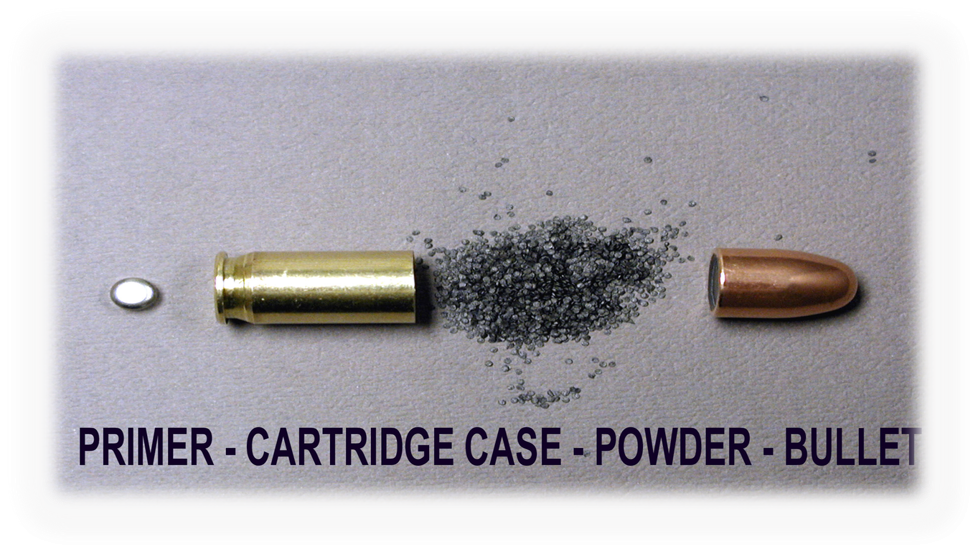
Forensic firearms analysis is a powerful tool for law enforcement to find the perpetrator when a murder has been committed.
Thousands of murders are committed with firearms in the US every year. According to Statista Society, Crime & Law Enforcement, 2020 was the highest year on record for number of homicides by firearms in the US, with 13,620. 2021 came second, with 12,520. (1)
The link between firearms and the munition they deploy, is the tool law enforcement needs to connect the crime to the weapon and hopefully, the perpetrator. Forensic firearms analysis provides this.
As a crime fiction writer, I’m interested in how criminalists use forensics to analyze firearms. So, when I learned that fellow fiction author, Greg Hickey was also a forensic scientist specializing in forensic firearm analysis, I asked him for an interview.
Below is the August 2023 interview with Greg Hickey where he sheds some light on the actual process of firearm forensics and the differences between real life forensics and fictional world forensics.
Firearm Forensic Analysis Interview with Author and Forensic Scientist Greg Hickey
A little about Greg Hickey
Greg lives in Chicago with his wife Lindsay. In addition to being an author, he is also a forensic scientist. He works in a laboratory analyzing guns, bullets and cartridge cases from gun crimes in and around Chicago. Those two careers come together in his books, The Theory of Anything and The Friar’s Lantern.
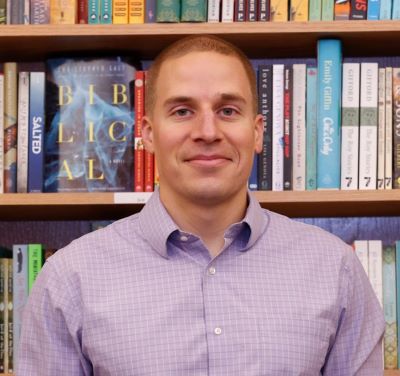
How did you get started in forensics and what interested you in ballistics?
I’ve always enjoyed science, but I didn’t connect with some of the more general science taught in schools. I was drawn to forensics as a concrete, practical application of science and a tool to solve mysteries. I earned a Master’s degree in forensic science from the University of Illinois at Chicago and was later hired at the Illinois State Police Forensic Science Center at Chicago. During my graduate program, I became interested in firearms analysis because it seemed to be the sub-discipline of forensic science with the greatest variety in casework. (Technically, I think of “ballistics” as being bullet trajectory analysis, which I don’t do.) Depending on the case, I might have to disassemble a firearm, shoot a firearm, examine evidence under a microscope, submit and compare evidence in a computerized database and/or use chemicals to restore an obliterated serial number on a firearm.
What is the process you go through when examining a crime scene from a firearms/ballistic standpoint? What is the process(es) you use in the lab to extract clues from the bullets and/or weapons you test?
All my work is done in a lab. I never go to crime scenes. In most jurisdictions, crime scene investigators are police officers. They collect evidence from the scene and submit it to a forensics laboratory for the scientists there to analyze.
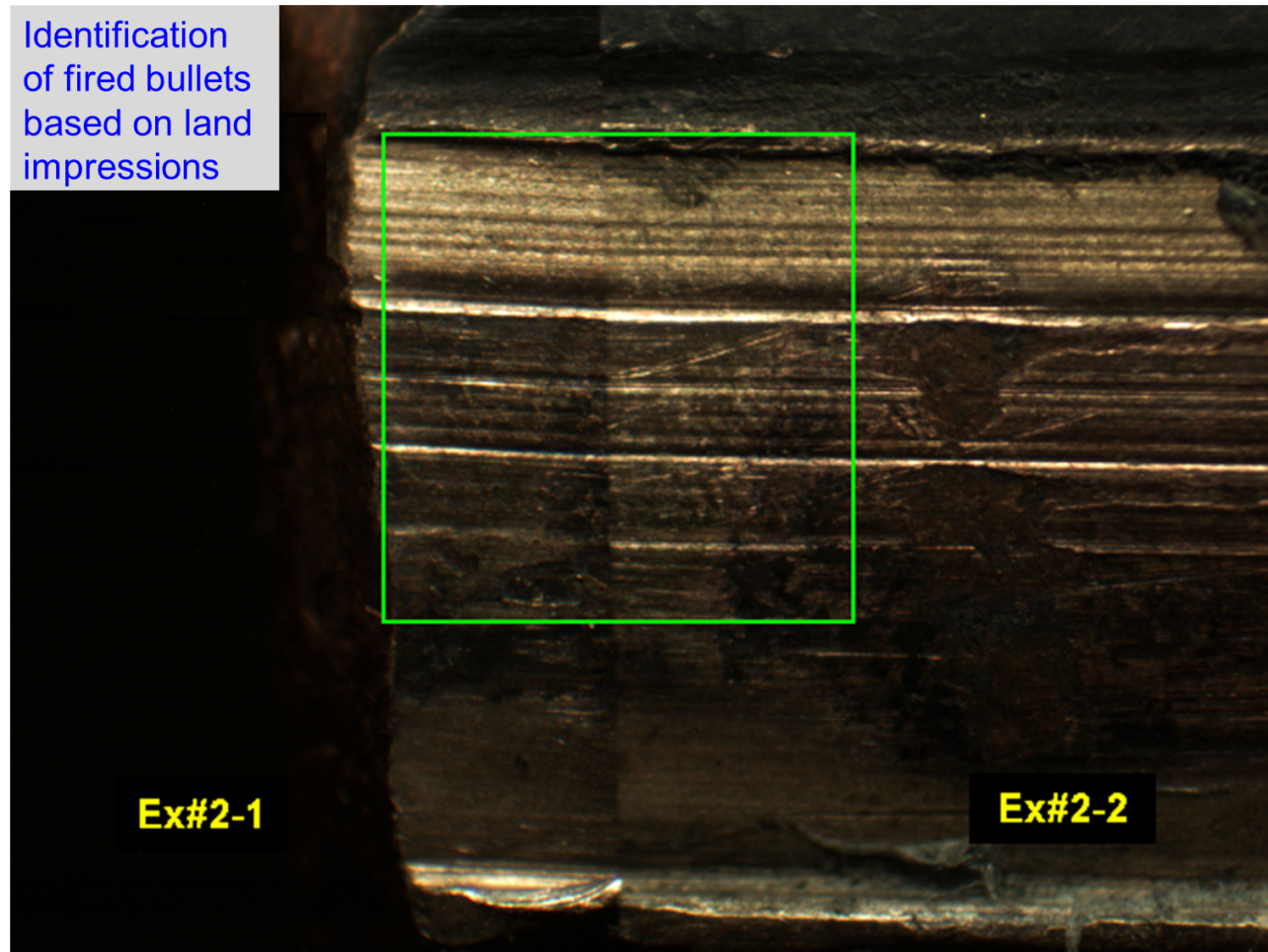
In most cases, my job is to try to determine whether or not two or more bullets or cartridge cases were fired by the same firearm. When a firearm is manufactured, random microscopic imperfections are created on the surfaces of the firearm as an unintended effect of the various machining processes. These microscopic imperfections (called individual characteristics) are specific to each firearm and can be used to distinguish one firearm from other firearms. When a firearm fires a cartridge (a single unit of ammunition consisting of a cartridge case containing gunpowder and a bullet), the individual characteristics of the firearm may be scratched or impressed into the bullet and cartridge case during the firing process.

Using an instrument called a comparison microscope, I compare bullets and cartridge cases (either recovered from a crime scene or fired by me in the lab using a submitted firearm) to see if the individual characteristics on these items indicate they were fired by the same firearm. The comparison allows me to microscopically compare two bullets or two cartridge cases at the same time, side-by-side, under the same magnification and in a single field of view.
Real Life Forensic Firearms Analysis
Do you have an interesting case you can share with us?
Several years ago, I received parts of a firearm the police wanted compared to a bullet from a crime. Normally, I would fire ammunition from my laboratory’s collection using the submitted firearm to produce fired bullets for comparison to the evidence bullet. In this case, I had the barrel of the firearm (the cylindrical tube through which the bullet passes as it is fired), but I didn’t have the rest of the firearm and I was unable to attach the barrel to another firearm in my laboratory’s gun reference collection. So, I had to hammer bullets through the submitted barrel to see how the barrel would mark fired bullets. I was then able to compare those hammered bullets to the crime scene bullet to determine that the crime scene bullet was fired through the submitted firearm barrel.
Forensic Science and Fiction Writing
How has your career as a forensic scientist influenced your writing and stories?
I haven’t written any forensic investigator novels in the vein of Patricia Cornwell. But I have incorporated bits of my day job into my fiction work, most notably in the courtroom scenes in my novel The Friar’s Lantern and in the gun details in my novel Parabellum.
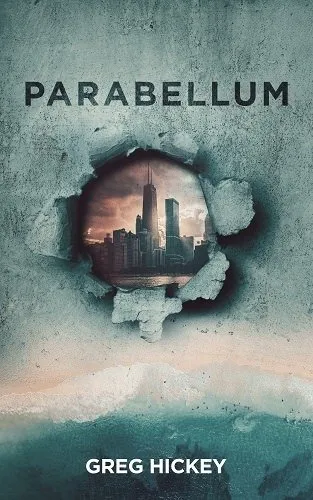
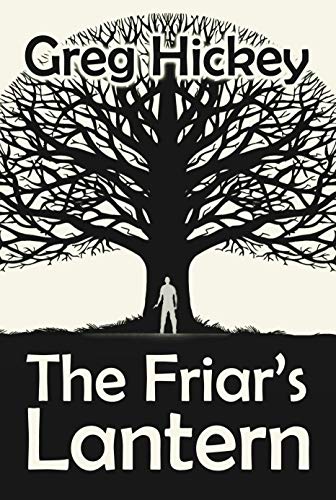
What are some similarities and differences between the scientific process you use in forensic science and those of story writing?
The biggest difference is that there is not much creativity involved in forensic science. Forensic science is governed by strict procedures to ensure that analysts are following reliable methods agreed upon by the field as a whole. Of the forensic sun-disciplines, I suppose that firearms analysis has the most room for divergent approaches, but those basically amount to examining fired evidence from a different angle or under a different intensity of light to reveal microscopic detail that was not readily apparent.
Obviously, there are procedures in writing as well, such as spelling and grammar rules and story conventions. But there is no one consensus way to write a story. I have used slightly different approaches with each of my novels. I suppose writing a story is similar to forensic analysis in that, in both cases, I start out with an an idea of what I want to achieve and a plan for how to get there. And in both instances, I have to keep an open mind and be prepared to encounter new developments (a character not turning out the way I expected or a piece of fired evidence having unusual characteristics) and remain willing to move toward the conclusion to which the story or evidence leads me.
I know the turnaround time is a lot slower in real life than on television shows like CSI. What else is different?
I think the biggest differences are all the little factors that go into a longer real-world turnaround time. I haven’t watched a lot of CSI, but my impression of that show and other forensic dramas is that a lot of the forensics is done digitally. The investigators put two bullets into a computer, and the computer says “it’s a match!” While we do use virtual comparisons for some aspects of casework and the field is increasingly moving in that direction, most of our comparisons are still done on a microscope. But watching someone use a microscope for thirty minutes doesn’t exactly make for riveting television. Faster, computerized comparisons allow the audience to get a taste of the science while leaving room for character and plot development.
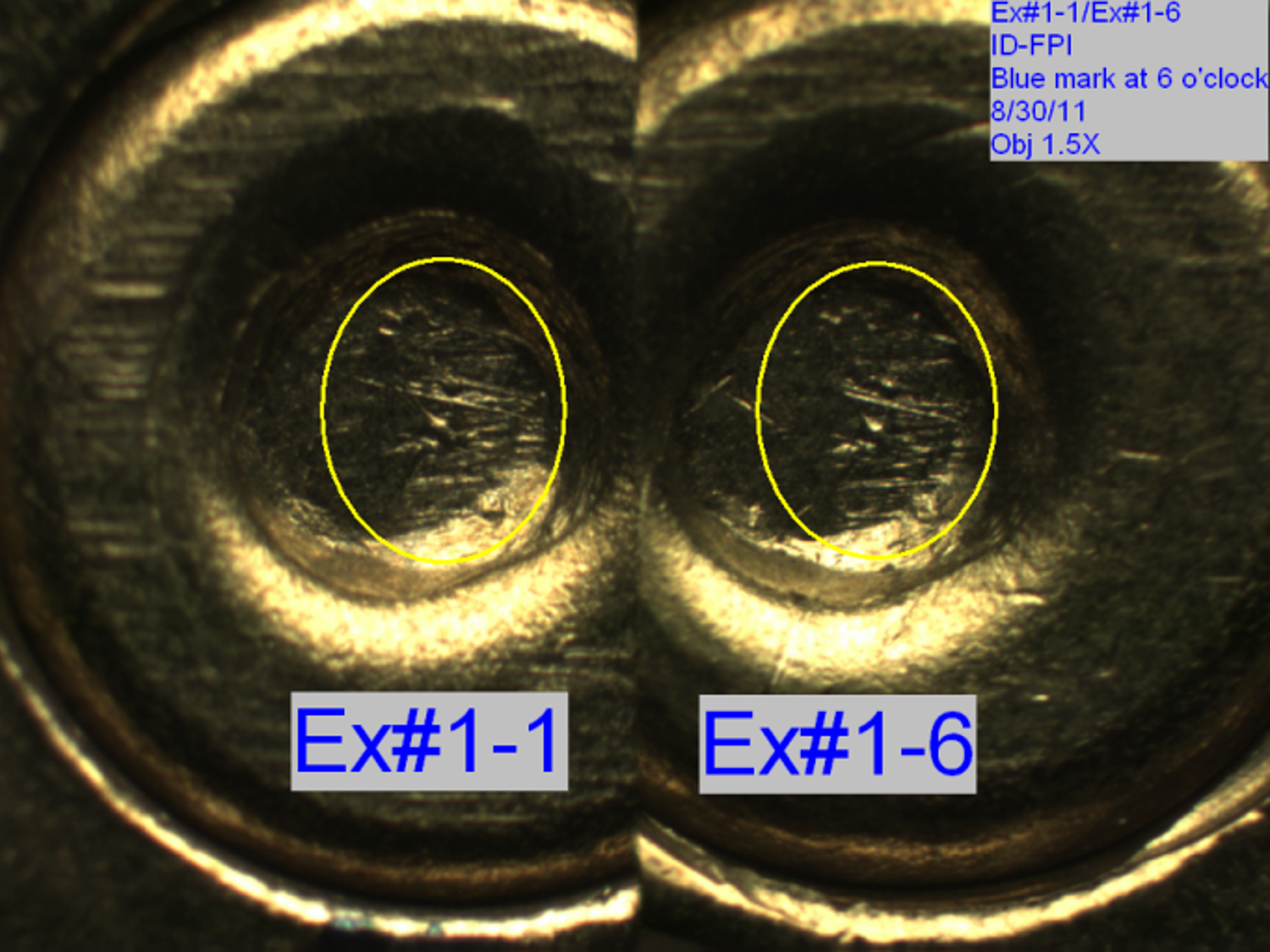
Then there are all the additional steps between completing an analysis and sending out a report. Every time I make an identification (a conclusion that two or more bullets or cartridge cases were fired by the same firearm), I have to take picture of the evidence to document the identification, and another firearms examiner must verify my conclusion. Then I have to prepare a report and notes packet that will go out to the police department that submitted the evidence, as well as to attorneys if the case goes to trial. Thankfully, this process is all paperless now, and once I enter the relevant information, the report and notes are generated automatically. Once I’ve finished, another examiner reviews my report and notes for accuracy before they get mailed.
Another big difference is that most forensic science laboratories are divided into sections that handle different types of evidence. At my laboratory, there are separate sections for firearms, fingerprints, DNA, drug chemistry (testing plant material, pills and powder to see if they contain illegal drugs), toxicology (testing bodily fluids for the presence of drugs) and trace chemistry (which includes analysis of gunshot residue and arsons). Each of those sections has multiple forensic scientists. Different evidence isn’t analyzed by just one or two people as is often the case on TV.
What advice do you have for crime writers when including forensic science in their stories?
Talk to a forensic scientist (anyone reading this can email me at greg[at]greghickeywrites[dot]com) or find a good reference guide and figure out which forensic details you need to get right and which ones you can massage for the sake of the story. A good example of this is the HBO crime drama Mare of Easttown. There are two details about forensic firearms analysis that show gets wrong which are crucial to the plot.
The first is about the fired bullet evidence in the case, and there’s no reason for the creators to use the wrong information other than they and whoever was advising them made a mistake. They could have gotten it right without much extra work and without significantly altering the plot. The second detail is about the performance of individual forensic scientists, and I understand why they presented it the way they did. Getting that second detail exactly right wasn’t as important as using that detail in a crucial moment of the story. (Interested readers can read a full account in this article:
https://www.greghickeywrites.com/mistaken-mare-of-easttown-gun/).
Visit Greg at: https://www.greghickeywrites.com/
RESOURCES:
Statista <https://www.statista.com/statistics/249803/number-of-homicides-by-firearm-in-the-united-states/> “Number of homicides by firearm in the United States from 2006 to 2021” 2 June 2023 (Accessed 23, August 2023)
Copyright 2023 Ida Smith. No part of this may be sold or copied without express permission from the author.
Read more articles and short stories on Forensic Science at Crime & Forensics, Including:
A Brief History of Forensic Science’s Beginnings
Accelerant Detection Canines – A Short Story – Part 1
Accelerant Detection Canines – A Short Story – Part 2
August 30, 2023